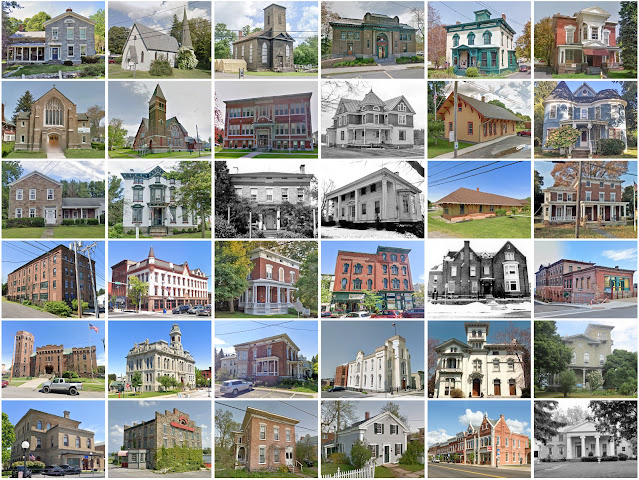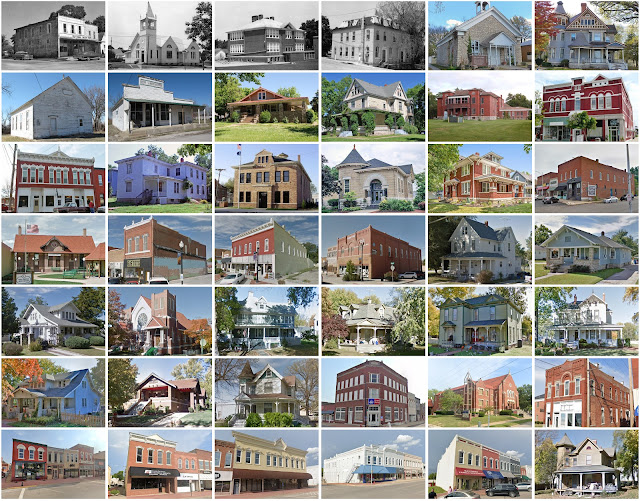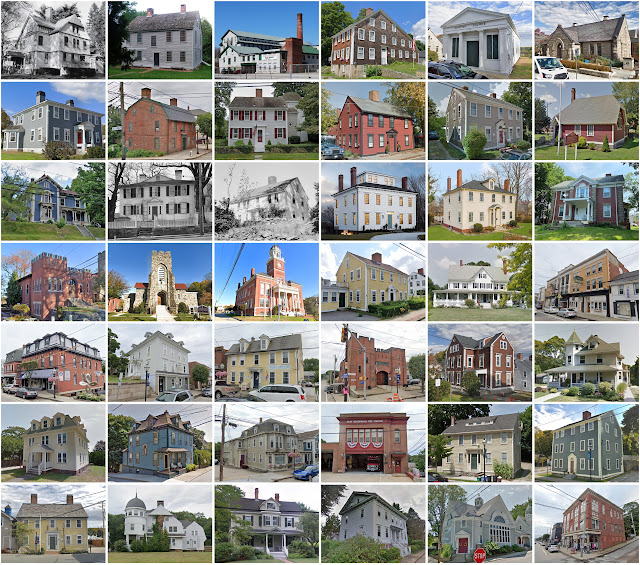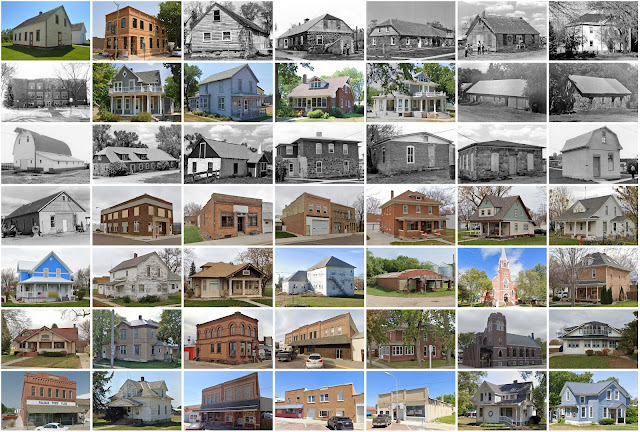Jones County, North Carolina

Founding: 1779 Parent county: Craven Namesake: Willie Jones, North Carolina politician Seat: Trenton (1779–) Land area: 471 square miles Population (2020): 9,172 Population (historic): 4,796 (1790); 4,945 (1840); 5,002 (1870); 8,226 (1900); 10,428 (1930) Periods of population growth: pre-1790; 1800–1830; 1840–1860; 1870s; 1890–1950; 1990s Subdivisions: Three towns; seven townships National Register listings: Nine Pre-1940 residences (estimated): 417 (8.3%) Pre-1940 housing survival rate: 23.7% Pre-1860 housing survival rate (1940): 13.4% Farm housing in disrepair (1950): 40.3% Nonfarm housing in disrepair (1950): 37.1% Average farmhouse value (1930): $441 Average outbuilding value (1930): $305 Average farmhouse size (1940): 4.5 rooms Number of farms (1920): 1,540 Average farm size (1920): 34.3 acres _________________________________________________________________________________ Trenton Namesake: The Trent River Founding: 1779 (founding); 1784 (platting); 17






